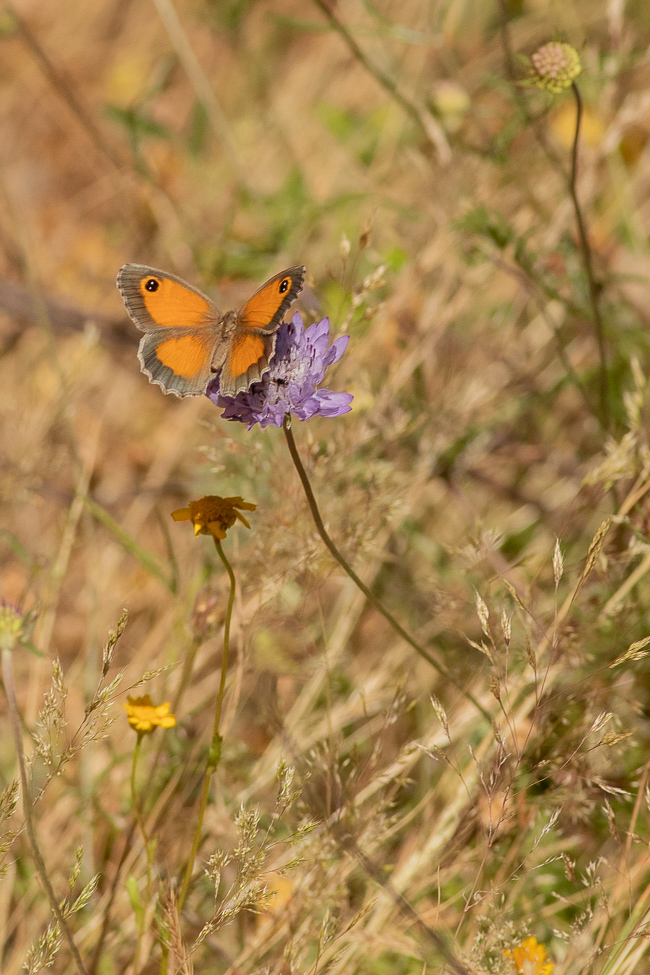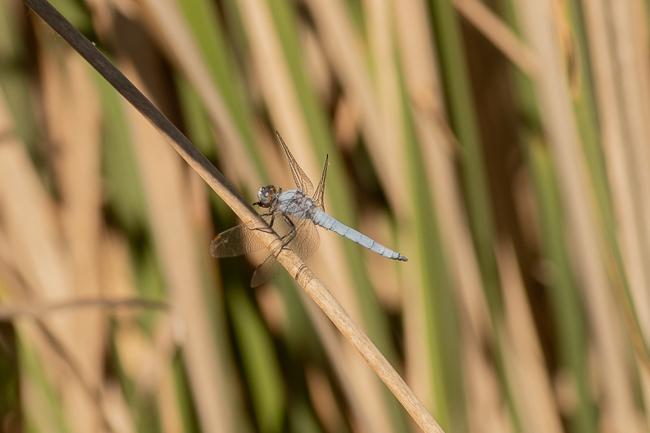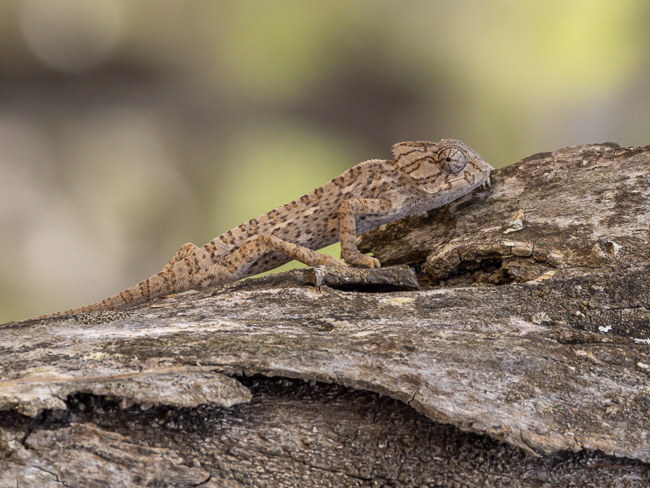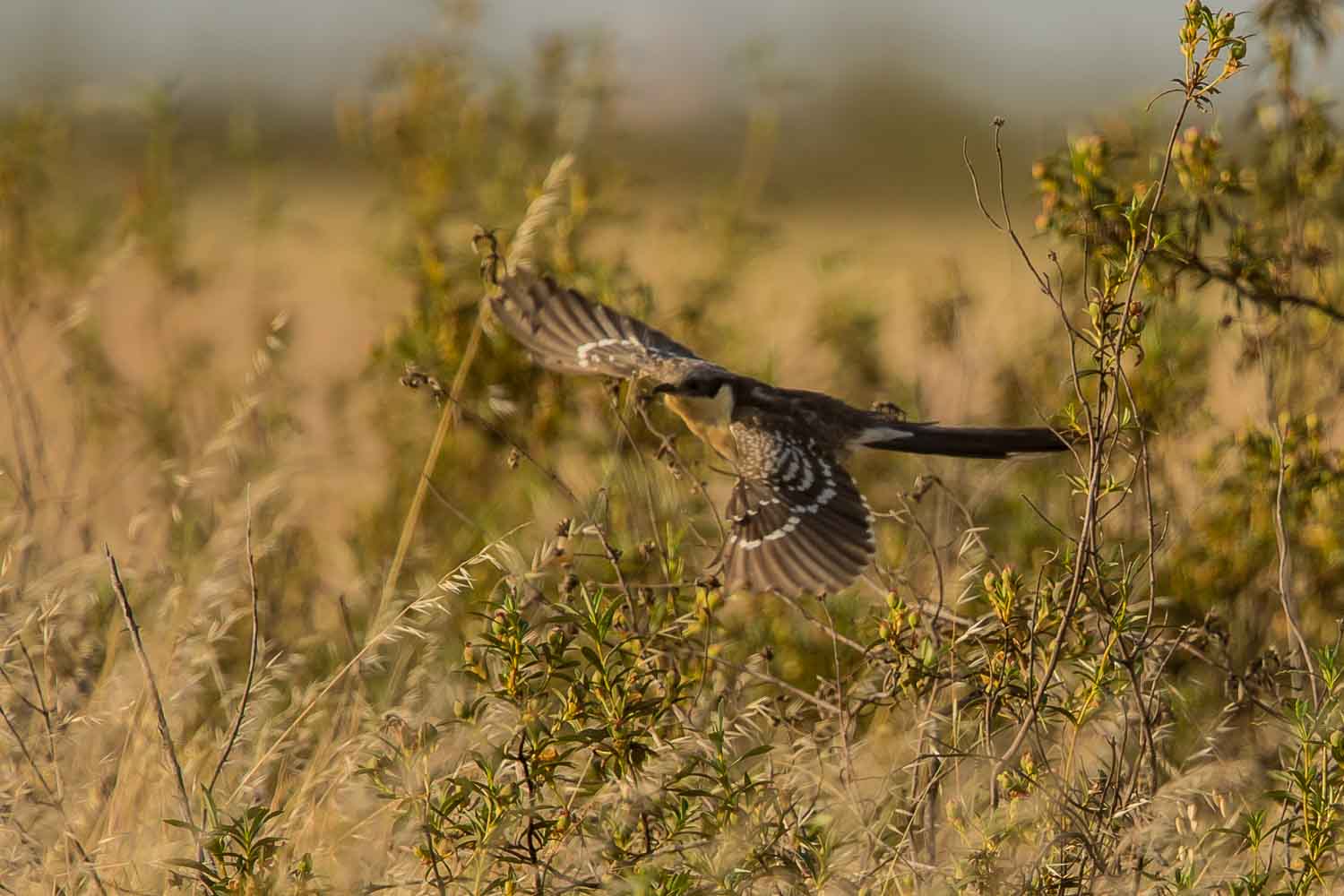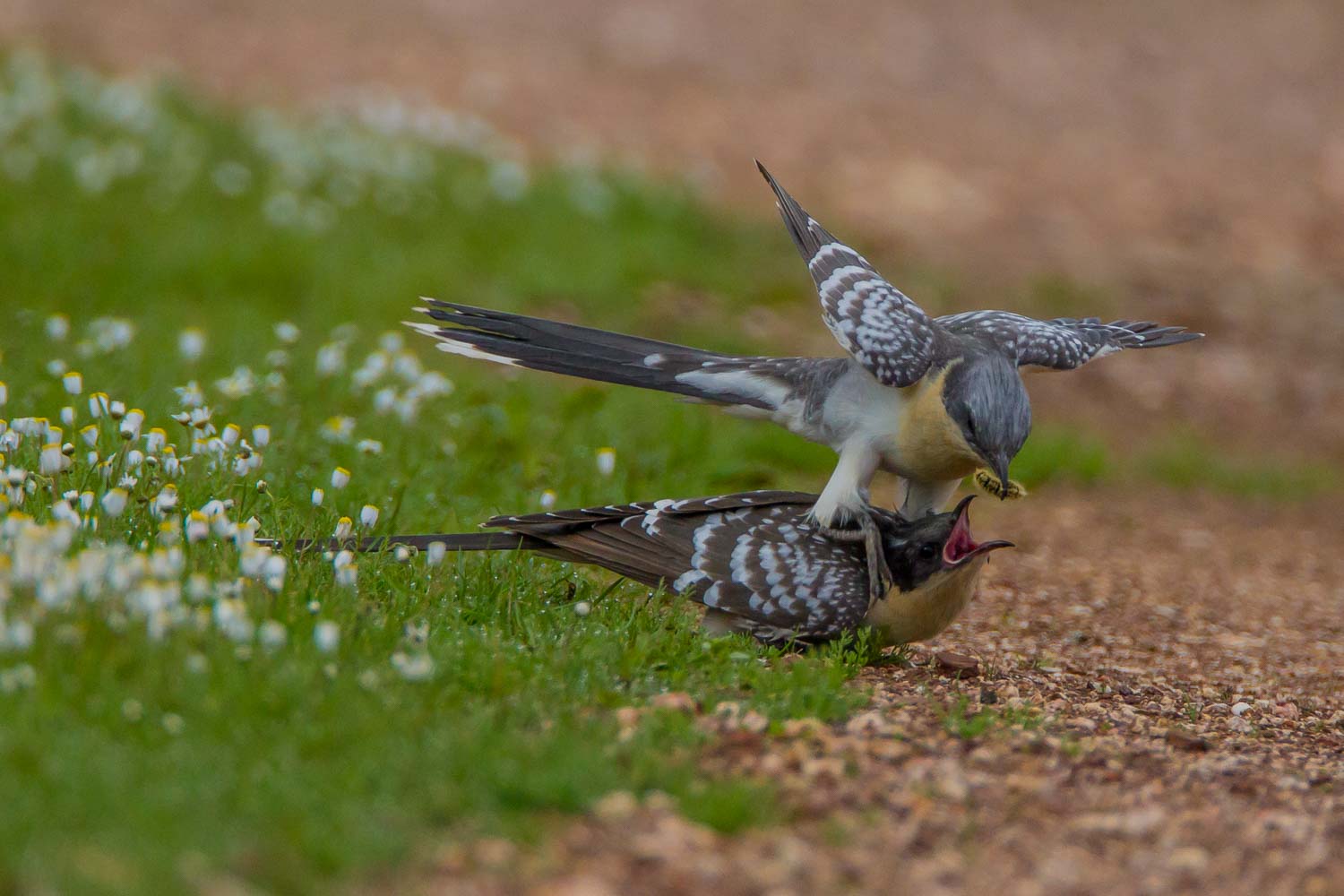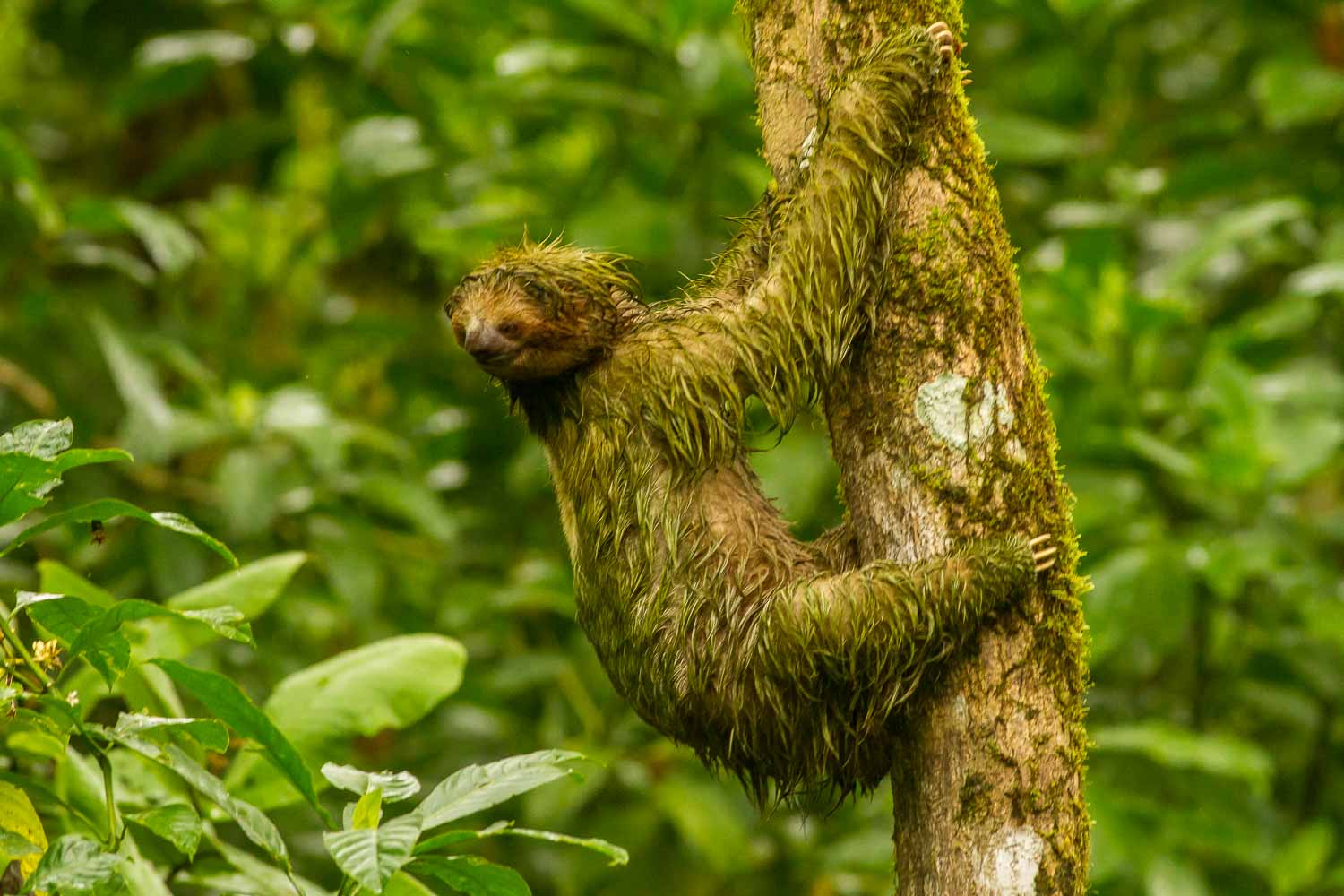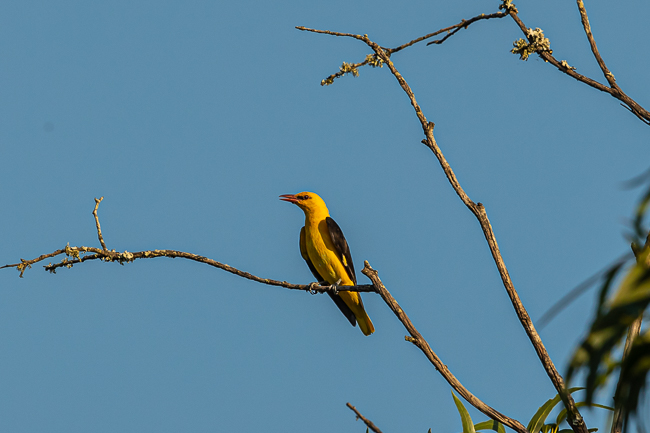
Male Eurasian Golden Oriole
Well ... what can one say?
Along with everyone else it's been a bit of a downer on the business front, what, with everyone being on lockdown and travel anywhere being discouraged if not forbidden, but from a purely birding point of view it's been wonderful here at the Quinta.
The Barn Swallows arrived on time and the pair nesting outside the bar bred well so they, and a couple of other pairs as well, have managed to fledge three clutches.
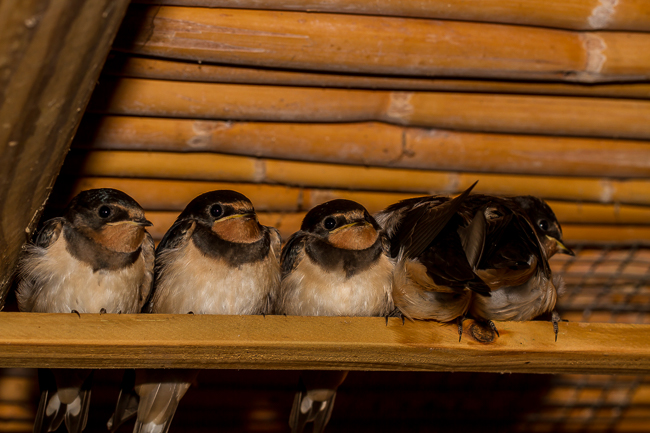
Barn Swallow chicks
The Golden Orioles also had a good year and we've had three pairs breeding in the garden and now the chicks are leaving the nest there're flashes of yellow constantly catching one's eye as they zap through the garden. That's a male I took a picture of this morning up above, and a female and fledgled youngster below.
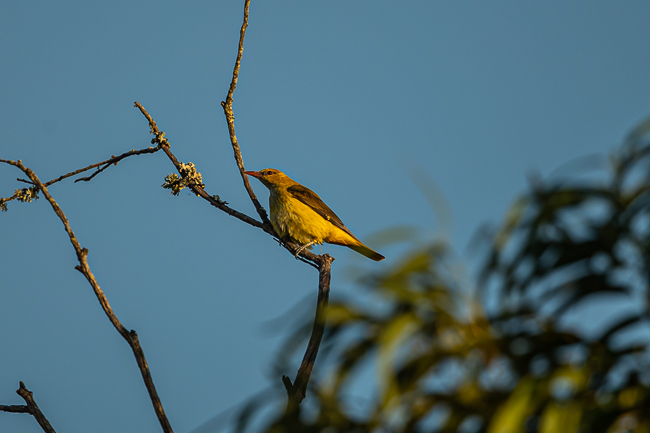
Female Eurasian Golden Oriole
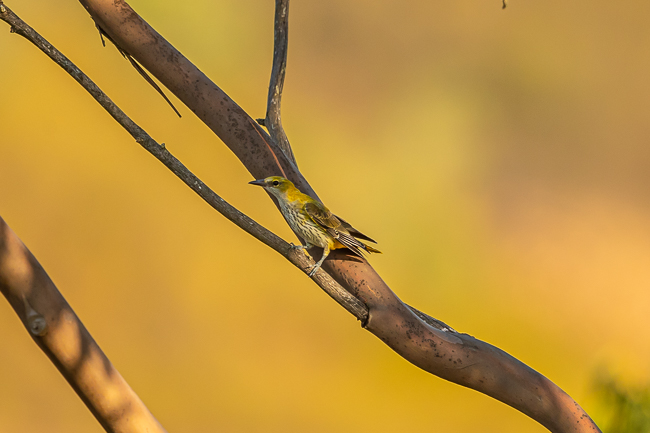
Juvenile Eurasian Golden Oriole
My efforts to attract them here have been a real success - I planted a Rusty Fig, (Ficus rubiginosa), 32 years ago to attract them and it seems to have done the trick, so much so that four years ago I planted another so that it'll take the first one's place one day. In all honesty I reckon we have about thirty Orioles at present here, as of course the tree's fruit attracts them from all around the vicinity.
We've been asked many times whether it's safe here from a Covid-19 point of view and the answer remains the same - couldn't be safer!
Southern Portugal, (that's the whole of the Algarve and Alentejo combined), has had a total of 25 deaths attributed to the pandemic - which rather puts to shame the recent description of Portugal as being a hot-spot.
Obviously we're taking precautions, just like everybody else, but when one considers that the average age of the population hereabouts is 65, thus putting the vast majority fair and square in the "at risk" group, it is nothing short of miraculous. Personally I put it down to "going early and going hard"; social distancing and obligatory mask-wearing in all public places was introduced in March and was adhered to with no fuss by the whole population. Comparing this response to that of more "advanced" nations - yes, I'm looking at you, the USA and the UK, where this obvious reaction to a global pandemic has still not been put into effect - is a lesson that will obviously be required learning for the future.
I feel very sad for all those unlucky souls to have been locked down in a flat or with no access to the outside, but, on a personal note, we have actually enjoyed having the Quinta all to ourselves for a few months and have never been happier. Clean air, a total absence of urgent summonses from the telephone, plenty of work to keep us occupied and plenty of space in which to do so has meant that, despite a paucity of funds, we have been able to continue to enjoy living here - this year it really has been "Paradise in Portugal" and now that guests are flooding in again we're enjoying sharing it again with all those who look for the same!

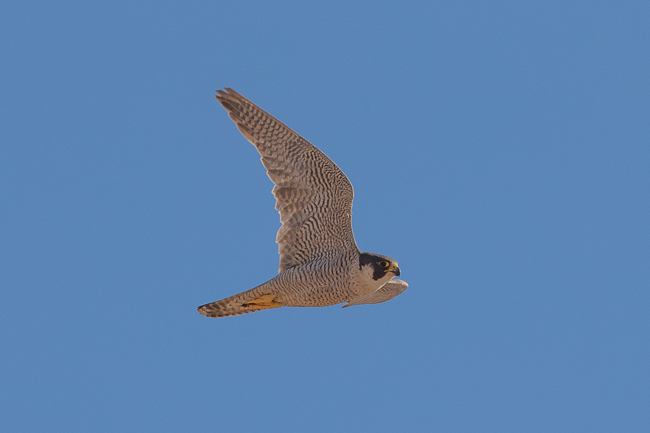 Peregrine Falcon (Falco peregrinus)
Peregrine Falcon (Falco peregrinus)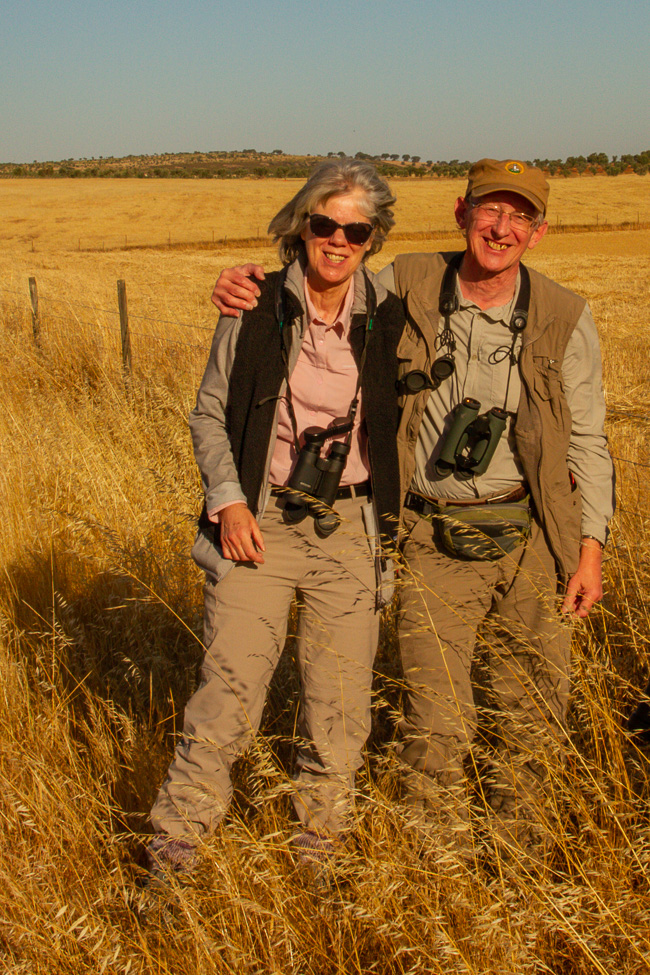
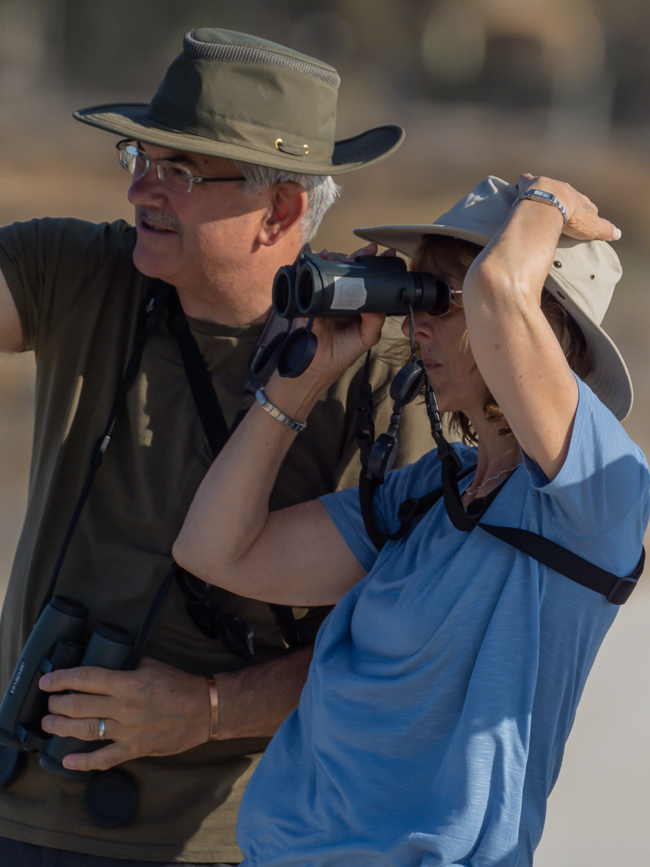
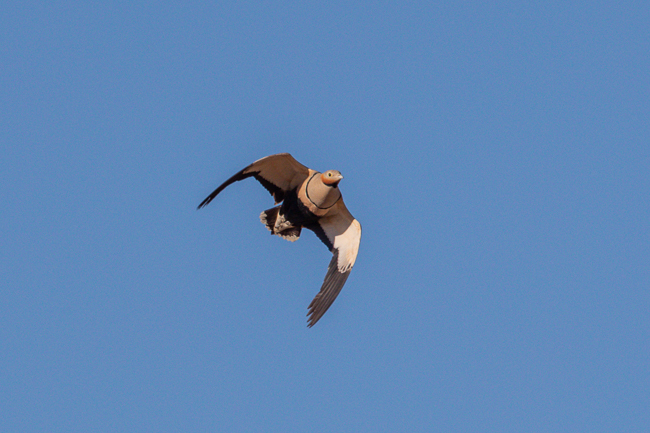 Black-bellied Sandgrouse (Pterocles orientalis)
Black-bellied Sandgrouse (Pterocles orientalis)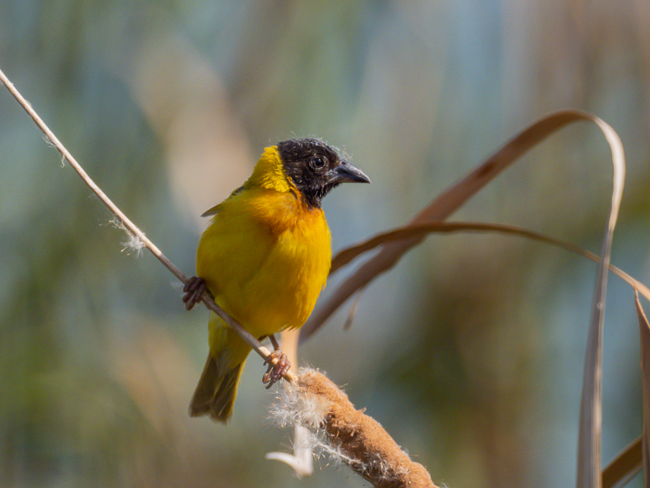 Black-headed Weaver (Ploceus melanocephalus)
Black-headed Weaver (Ploceus melanocephalus)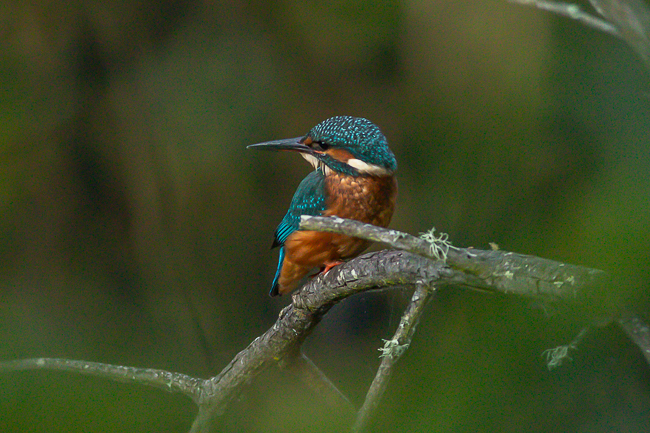 Common Kingfisher (Alcedo atthis)
Common Kingfisher (Alcedo atthis)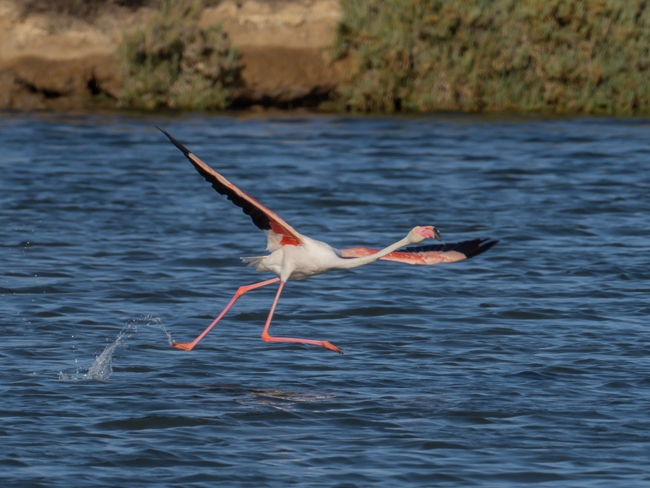 Greater Flamingo (Phoenicopterus roseus)
Greater Flamingo (Phoenicopterus roseus)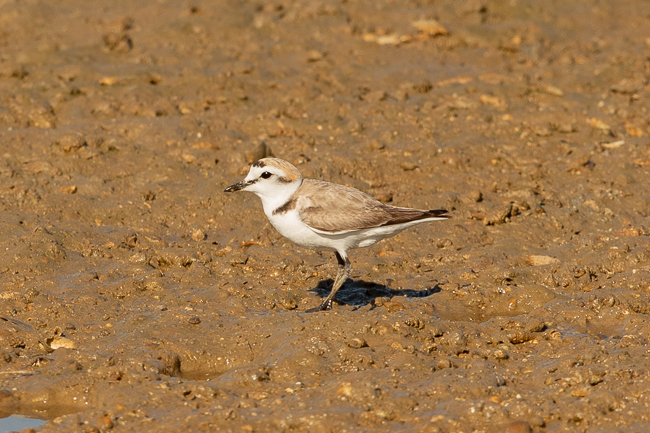 Kentish Plover (Charadrius alexandrinus)
Kentish Plover (Charadrius alexandrinus)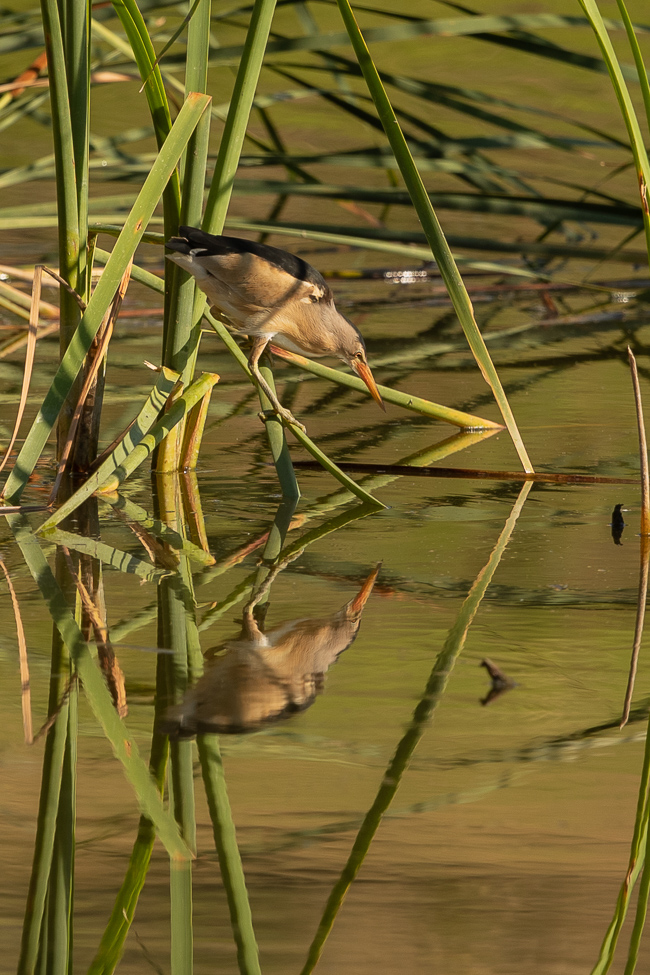 Little Bittern (Ixobrychus minutus)
Little Bittern (Ixobrychus minutus)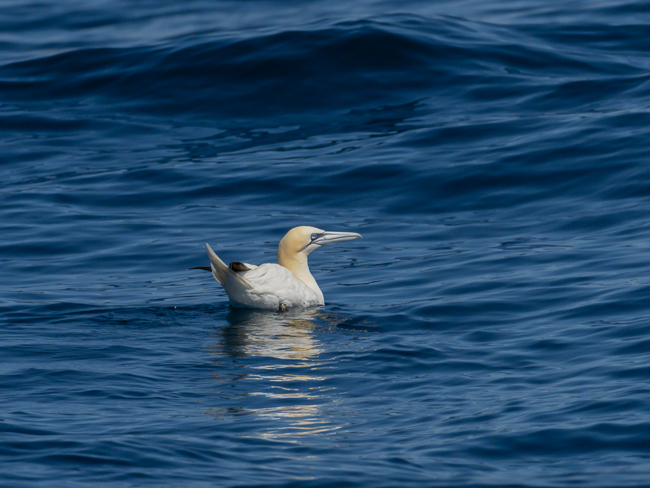 Northern Gannet (Morus bassanus)
Northern Gannet (Morus bassanus)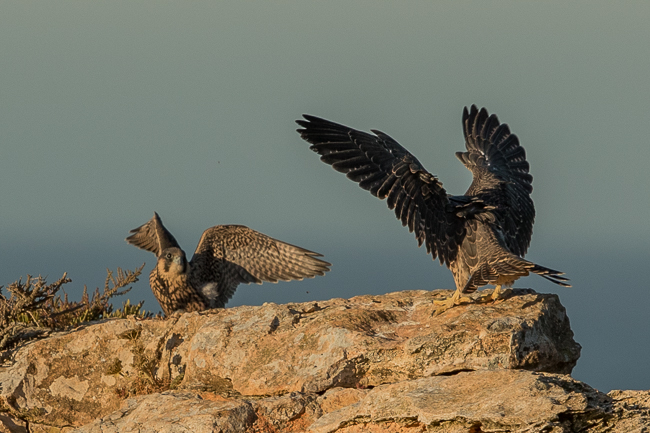 Peregrine Falcon (Falco peregrinus)
Peregrine Falcon (Falco peregrinus)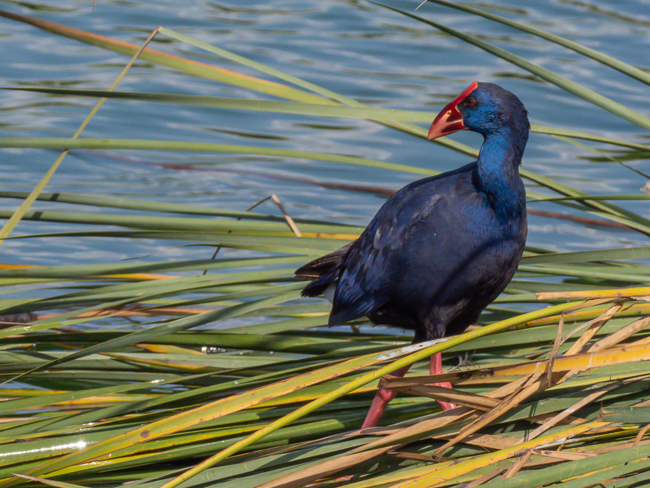 Purple Swamphen (Porphyrio porphyrio)
Purple Swamphen (Porphyrio porphyrio)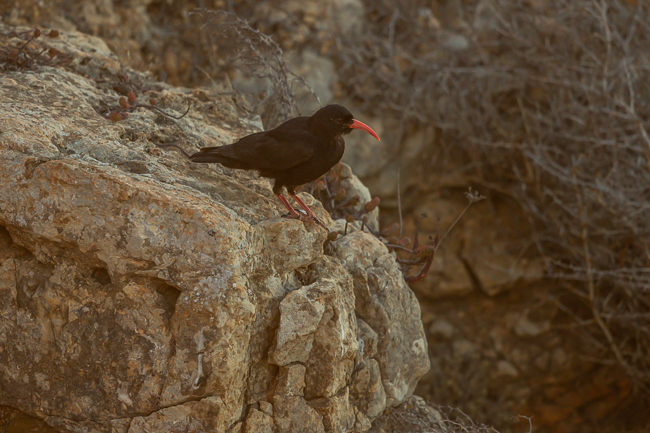 Red-billed Chough (Pyrrhocorax pyrrhocorax)
Red-billed Chough (Pyrrhocorax pyrrhocorax)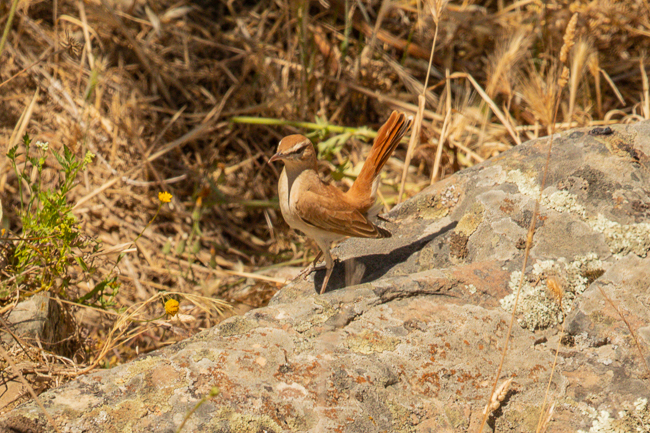 Rufous Bush Robin (Cercotrichas galactotes)
Rufous Bush Robin (Cercotrichas galactotes)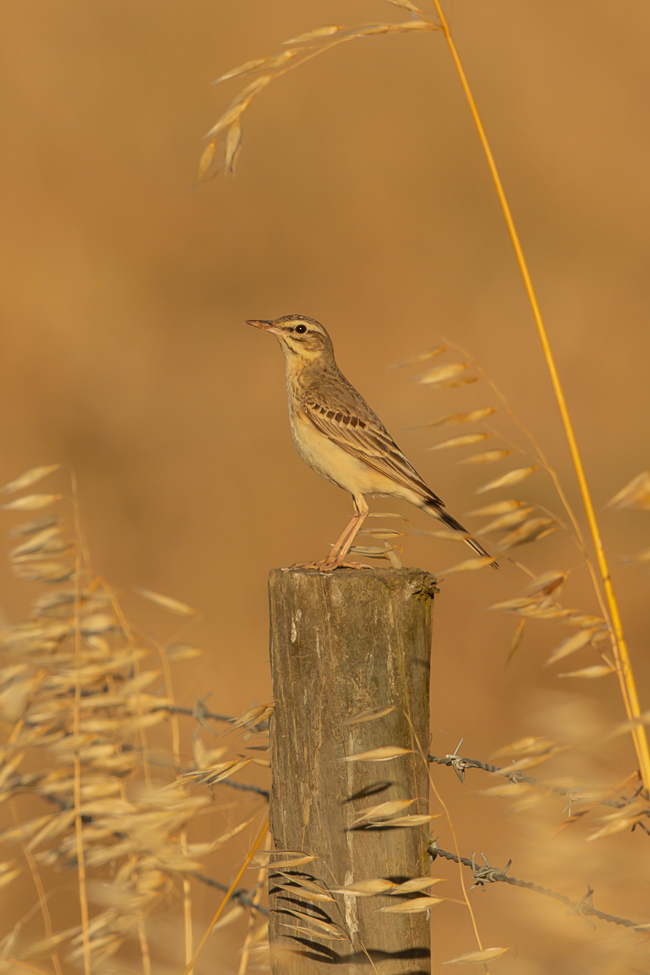 Tawny Pipit (Anthus campestris)
Tawny Pipit (Anthus campestris)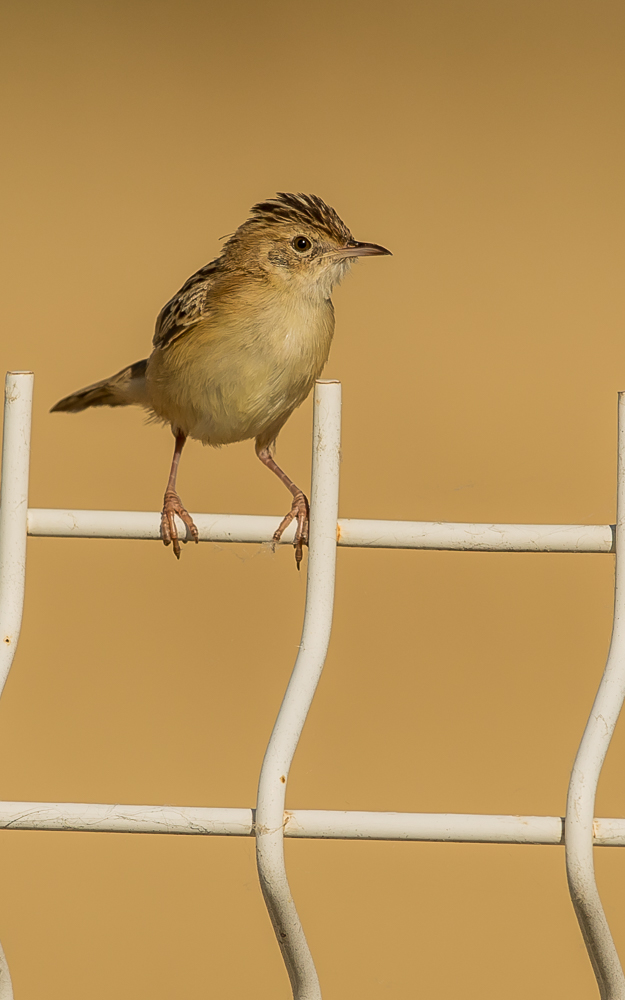 Zitting Cisticola (Cisticola juncidis)
Zitting Cisticola (Cisticola juncidis)